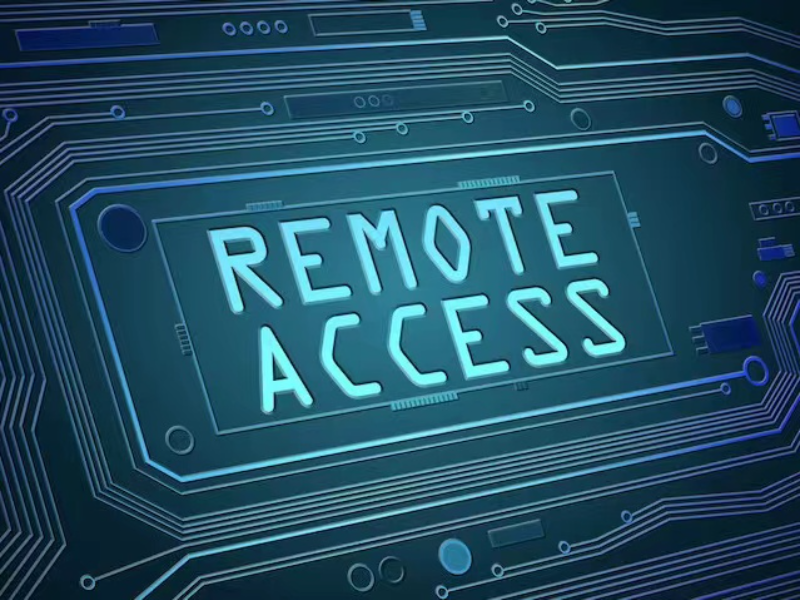- Remote connect is a critical technology in the modern digital landscape, supporting a wide range of business functions and enabling new ways of working.
- As remote work and globalisation continue to grow, the importance of secure, reliable remote access is continually increasing.
Remote connect, often referred to as remote access, is a technology that allows individuals to connect to a network, system, or device from a distant location. This capability has become increasingly vital in today’s world, where flexible work arrangements and the globalisation of businesses require seamless access to resources regardless of physical location. Remote connect technology plays a crucial role in enabling telecommuting, remote support, and collaboration across geographically dispersed teams.
How remote connect works
Remote connect systems typically involve software that establishes a secure connection between the user’s device and the target system or network. This process usually includes authentication steps to verify the user’s identity, followed by the establishment of an encrypted communication channel to protect data privacy. Once connected, users can access files, applications, and network resources as if they were physically present in the office or data centre.
Also read: What is horizontal distribution of power systems?
3 applications of remote connect
1. Telecommuting and flexible work: One of the most common uses of remote connect technology is enabling employees to work from home or other remote locations. This capability has been particularly important during events like the COVID-19 pandemic, which necessitated a rapid shift to remote work. Companies can maintain productivity and operational continuity by allowing employees to access corporate systems and collaborate with colleagues from anywhere.
2. Remote support and maintenance: IT professionals often use remote connect tools to provide support and maintenance for systems and devices. This capability is invaluable for troubleshooting technical issues without needing to be physically present, saving time and resources. It also allows for proactive monitoring and maintenance, reducing downtime and enhancing system reliability.
3. Accessing global resources: Businesses with operations across multiple locations or countries use remote connect technology to centralise their IT infrastructure. This approach reduces the need for redundant systems in each location and allows employees worldwide to access the same resources and applications. It is particularly beneficial for global teams working on collaborative projects.
Also read: Who manages the distribution of core power to critical sectors?
The advantages of remote connect technology are manifold. It enhances productivity by allowing employees to work from any location, increasing flexibility and job satisfaction. Additionally, it reduces the need for physical infrastructure, which can lead to significant cost savings. For IT departments, remote connect simplifies the management of systems and devices, enabling more efficient and effective service delivery.
As technology continues to evolve, so too will the capabilities of remote connect solutions. Emerging technologies like artificial intelligence and machine learning are expected to play a role in enhancing remote access security and user experience, some of which remain challenging in actual use. Furthermore, the expansion of 5G networks will provide faster and more reliable connectivity, further enabling remote work and access. The ongoing digital transformation across industries will likely see remote connect becoming an even more integral part of business operations.

